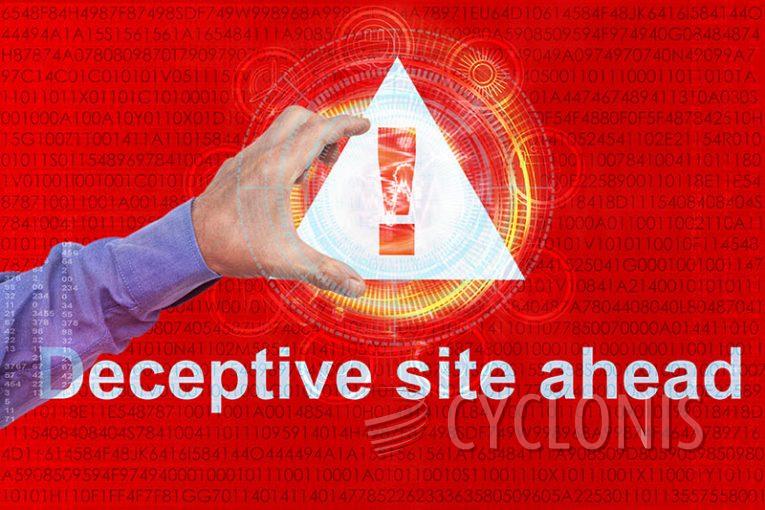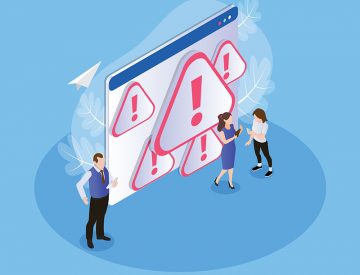Bi.epilreoffer.com Misleading Page

Bi.epilreoffer.com exemplifies a prominent instance of a push notification scam platform, adeptly tricking internet users into consenting to its notifications. Unsuspecting visitors may chance upon this domain, unknowingly becoming entangled in a network of persistent and deceptive advertisements and fraudulent material.
Upon opting in, individuals are inundated with relentless pop-up notifications that disrupt their browsing experience, regardless of the websites they frequent or their online activities. Alarmingly, these notifications propagate a variety of falsehoods — from fabricated virus infection alerts intended to induce panic, to fictitious lottery winnings aimed at exploiting the gullible.
Far from merely causing annoyance, Bi.epilreoffer.com employs an advanced form of phishing to further victimize its targets. It fabricates nonexistent security threats and promotes fake remedies, creating scenarios in which individuals may inadvertently disclose sensitive information.
What Are Push Notifications and How Can Misleading Pages Abuse Them?
Push notifications are messages that pop up on a user's device, such as a smartphone, tablet, or computer, even when the user is not actively using a particular app or website. These notifications are typically sent by websites or mobile apps to alert users about updates, news, promotions, or other relevant information.
Misleading pages can abuse push notifications by tricking users into subscribing to them under false pretenses. Here's how they do it:
Deceptive Tactics: Misleading pages use deceptive tactics, such as fake offers, prizes, or alerts, to entice users into subscribing to push notifications. They may use misleading language or false promises to convince users to click on buttons or prompts that subscribe them to notifications without fully understanding the consequences.
Persistent and Intrusive: Once users have subscribed to push notifications from a misleading page, they are bombarded with frequent and intrusive messages that disrupt their browsing experience. These notifications often contain misleading or false information, such as fake virus alerts or fraudulent offers, aimed at deceiving users and prompting them to take actions that benefit the scammer.
Exploitation of Trust: Misleading pages may exploit users' trust by mimicking legitimate websites or brands, making it harder for users to discern the scam. They may use logos, colors, and other elements to create the illusion of legitimacy and convince users to subscribe to push notifications.
Phishing Attempts: Some misleading pages use push notifications as part of phishing attempts to steal users' personal information or credentials. They may send notifications claiming that the user's account has been compromised or that they have won a prize, prompting users to click on links that lead to fake login pages or other malicious websites.
Overall, misleading pages abuse push notifications by using deceptive tactics to trick users into subscribing to them, then exploiting that access to bombard users with intrusive and often fraudulent messages. Users should be cautious when encountering requests to subscribe to push notifications and carefully consider the legitimacy of the source before consenting.








